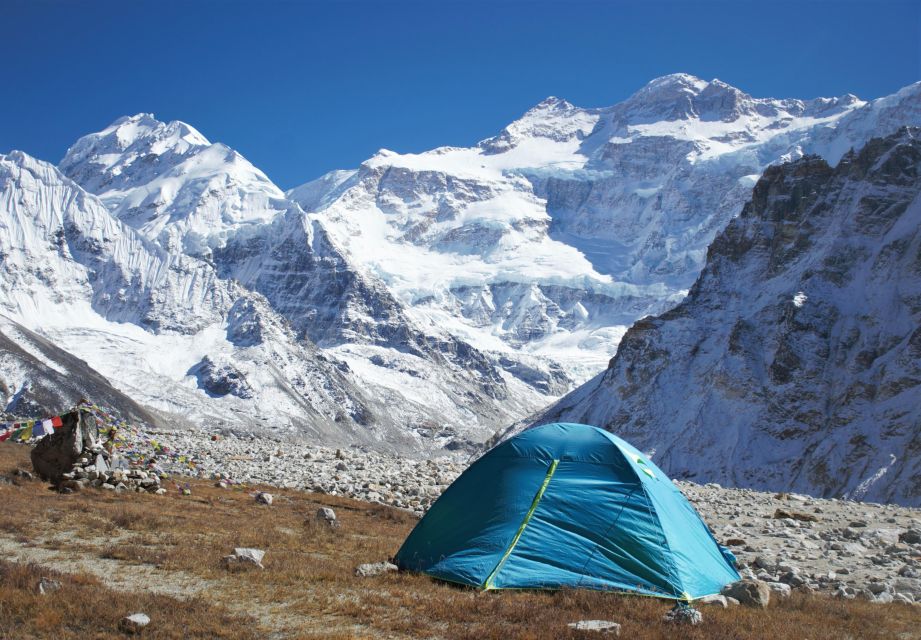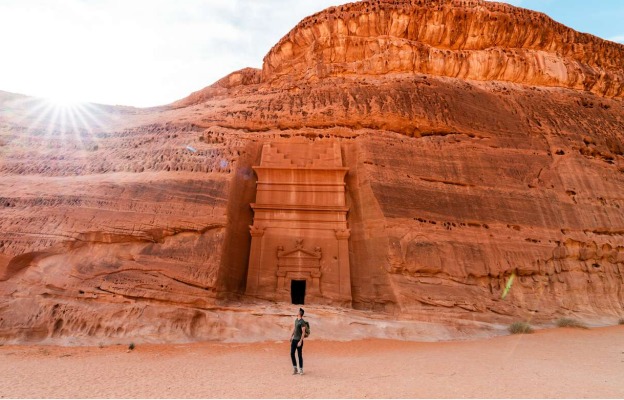The Kanchenjunga Base Camp Trek presents one of Nepal’s most rewarding yet challenging Himalayan adventures, taking trekkers to the base of the world’s third highest peak. While offering spectacular mountain scenery and cultural encounters, the Kanchenjunga Base Camp Trek difficulty level requires careful preparation due to its remote location and high-altitude terrain. Unlike more commercial routes, this expedition demands self-sufficiency and thorough planning to ensure a safe and enjoyable experience.
Understanding the unique challenges of the Kanchenjunga region helps adventurers prepare adequately for this 18-22 day journey through eastern Nepal’s pristine wilderness. The trek combines strenuous hiking days with basic accommodation options and significant elevation gains, reaching over 5,000 meters at its highest points. By following essential safety protocols, trekkers can manage the Kanchenjunga Base Camp Trek difficulties while fully appreciating its breathtaking glaciers, traditional villages, and panoramic Himalayan vistas.
Physical Preparation and Acclimatization
The Kanchenjunga Base Camp Trek difficulty demands excellent physical conditioning, with trekking days often lasting 6-8 hours across challenging terrain. Months of cardiovascular training, including hiking with weighted packs, helps prepare for sustained exertion at altitude. Unlike shorter treks, this expedition requires endurance for consecutive long hiking days over three weeks, making overall stamina more important than speed.
Proper acclimatization proves essential when tackling the trek’s high passes like Sele La (4,290m) and Mirgin La (4,663m). Conservative itineraries build in extra rest days, particularly before ascending above 3,500 meters. The “climb high, sleep low” principle helps with gradual adjustment, while recognizing early altitude sickness symptoms allows for timely responses in this remote environment where medical facilities are limited.
Essential Gear and Equipment
Packing appropriately for the Kanchenjunga Base Camp Trek requires balancing weight with necessity. A four-season sleeping bag (-15°C rating) is essential for cold teahouse nights, while layered clothing systems accommodate temperature swings from subtropical valleys to glacial environments. Sturdy waterproof hiking boots with ankle support handle the trail’s rocky, uneven surfaces, and trekking poles provide stability on steep descents.
Specialized equipment should include high-altitude gloves, UV-protection sunglasses, and a comprehensive first aid kit with altitude medications. Since facilities are sparse, carrying water purification tablets and emergency snacks becomes necessary. A reliable headlamp with extra batteries ensures safety during occasional pre-dawn starts or evening movements around basic teahouses without electricity.
Weather Awareness and Seasonal Considerations
The Kanchenjunga Base Camp Trek difficulty increases significantly during monsoon (June-August) when landslides make trails hazardous and winter (December-February) when heavy snow blocks high passes. Optimal conditions occur during spring (March-May) with stable weather and autumn (September-November) offering clear skies, though temperatures drop considerably at higher elevations in late autumn.
Rapid weather changes characterize mountain environments, requiring trekkers to monitor conditions constantly. Early morning starts capitalize on typically calmer weather windows, while afternoon clouds often bring reduced visibility. Checking weather forecasts when possible and maintaining flexible itineraries helps avoid being caught in dangerous conditions at high elevations.
Route Navigation and Trail Safety
The Kanchenjunga Base Camp Trek’s remote nature makes experienced guides particularly valuable for route finding and hazard assessment. While the main trail is generally clear, sections may be affected by landslides or seasonal changes, requiring local knowledge to navigate safely. River crossings demand special caution, especially during monsoon runoff or early morning when water levels are lower.
Trail markings are less frequent than on more popular routes, making careful attention to landmarks essential. Carrying detailed maps and a GPS device provides backup navigation, though technology should never replace common sense and local expertise in this isolated region where assistance may be days away.
Health Considerations at High Altitude
The Kanchenjunga Base Camp Trek difficulty includes significant altitude exposure, with most itineraries spending multiple nights above 3,500 meters. Gradual ascent profiles help, but trekkers must remain vigilant for altitude sickness symptoms like headaches, nausea, or dizziness. Maintaining proper hydration (3-4 liters daily) and eating calorie-dense foods supports the body’s adjustment to thin air.
Basic medications for gastrointestinal issues, pain relief, and wound care should accompany any high-altitude medications prescribed by doctors. Since medical facilities are virtually nonexistent along the route, prevention and early intervention become crucial for managing health issues in this remote environment.
Emergency Preparedness
The Kanchenjunga region’s isolation requires particularly thorough emergency planning. Satellite communication devices like GPS messengers provide critical lifelines, as mobile network coverage is unreliable. Trekkers should register with their embassies and carry insurance that covers high-altitude evacuation, understanding that helicopter rescues may be delayed by weather.
Contingency plans should account for potential route changes due to weather, health issues, or other unforeseen circumstances. Sharing detailed itineraries with contacts back home and checking in at police posts along the route adds layers of safety for this challenging trek.
Wildlife and Environmental Hazards
While wildlife encounters are rare, the Kanchenjunga region is home to bears and leopards that may be attracted to food. Proper food storage and making noise on blind trail corners reduces surprise encounters. More commonly, trekkers face environmental hazards like loose scree slopes, icy patches, and exposure to intense sun at high elevations.
The terrain itself presents challenges, with some sections requiring careful footing on narrow trails with significant drops. Trekking poles help maintain balance, while proper footwear prevents slips on wet rocks or snow patches that may appear unexpectedly, even in warmer months.
Cultural Sensitivity and Local Regulations
The Kanchenjunga region requires special permits as a restricted area, with regulations designed to protect both the environment and local cultures. Respecting religious sites, asking permission before photographing people, and following local customs regarding dress and behavior maintains positive relationships with communities along the route.
Understanding that facilities are basic and services limited helps set appropriate expectations. Patience with slower meal service and occasional language barriers goes hand-in-hand with appreciating the authentic cultural experience this remote trek provides. Supporting local teahouses by purchasing meals and drinks helps sustain the regional economy.
Food and Water Safety
With no road access, all supplies come in by porter or animal train, making food freshness variable. Stick to cooked meals and avoid raw vegetables that may have been washed in untreated water. Boiled or properly filtered water is essential, as gastrointestinal illnesses can quickly derail a trek in this remote area.
Carrying water purification tablets or filters provides backup when boiled water isn’t available. High-calorie snacks help maintain energy levels between meals, especially as altitude may decrease appetite even as the body burns more calories.
Group Trekking Considerations
Given the Kanchenjunga Base Camp Trek difficulties, joining an organized group provides safety advantages through shared resources and experienced leadership. Small groups (4-8 people) allow for personalized attention while keeping logistics manageable. Solo trekking is strongly discouraged due to the route’s isolation and potential hazards.
Even within groups, maintaining visual contact with others on the trail prevents individuals from becoming separated in this remote region. Establishing regular meeting points and clear communication protocols enhances safety for all members throughout the challenging journey.
Conclusion
The Kanchenjunga Base Camp Trek offers an unparalleled wilderness experience for well-prepared trekkers willing to accept its challenges. By understanding the Kanchenjunga Base Camp Trek difficulties and implementing these safety measures, adventurers can mitigate risks while fully appreciating this spectacular Himalayan journey.
Proper preparation, realistic expectations, and respect for the mountain environment transform the trek’s challenges into rewarding accomplishments. Those who undertake this adventure with adequate planning and caution will find the Kanchenjunga region offers some of Nepal’s most breathtaking and least crowded mountain vistas, making the effort truly worthwhile.
Stay in touch to get more updates & news on Greek Buzz!



















